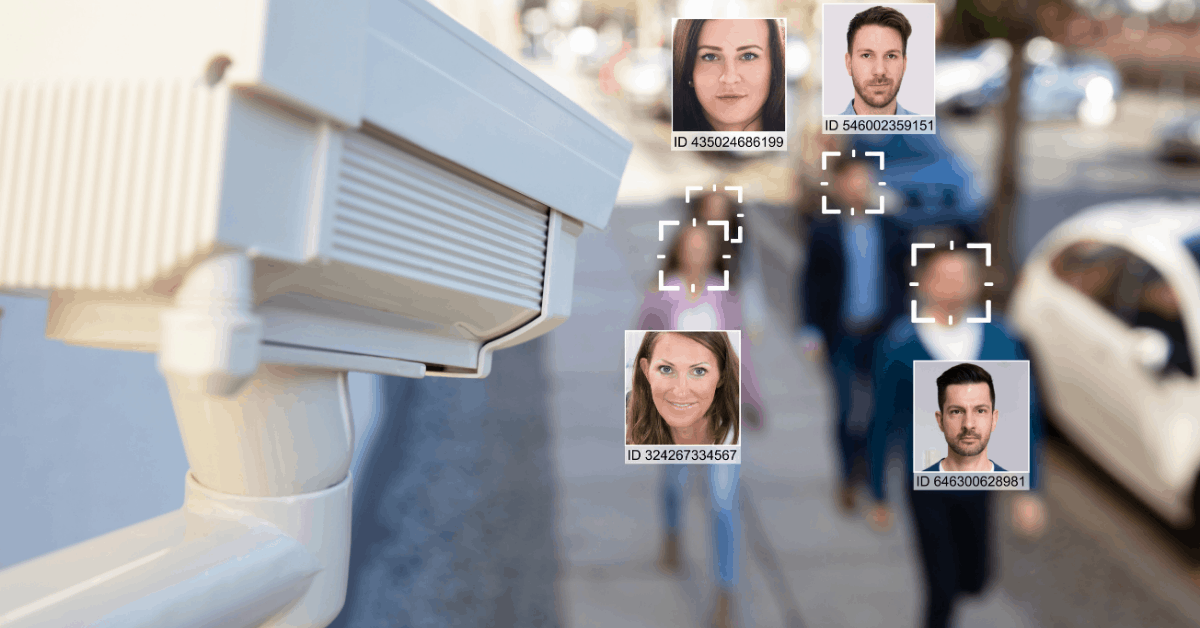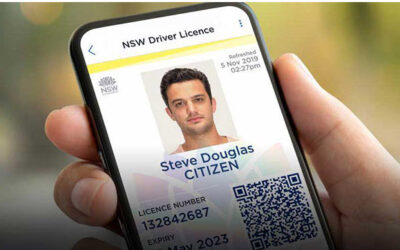The world of identity verification is quickly evolving. In an age of deep fakes, cyberattacks, and advanced artificial intelligence, a simple alphanumeric password or 4-digit pin is no longer enough to secure your data. To combat this, a number of new systems and technologies are beginning to take center-stage in the domain of identity. Facial recognition has especially experienced increasing popularity, garnering support from a broad spectrum of industries and advocates.
By 2022, the market for face recognition systems is expected to swell to the size of nearly $8 billion, with use cases ranging from verifying airline travelers to accessing your smartphone. As this technology continues to develop and mature, these applications will only become more widespread and intuitive, culminating in the worldwide adoption of this powerful platform.
How Face Recognition Systems Work
While, conceptually, face recognition systems are relatively easy to fathom, truly understanding how the tech works requires a firm grasp on several underlying components. Although some applications may not require every element, the majority of facial recognition systems are powered by 3 basic technologies:
- Detection. The first stage in identifying a face in an image is determining whether or not a face is actually present. The newest generation of digital cameras is often embedded with this functionality, allowing users to effortlessly auto-focus on the presence of a person.
- Attribution. Once identified, intelligent algorithms can measure various unique dimensions of a face— from the distance between your eyes to the contours of your jaw— allowing the system to derive a unique “faceprint,” used frequently in social media applications (including the photo filters used on Snapchat and Instagram).
- Recognition. After a unique set of attributes are algorithmically tied to a particular face, these dimensions can be correlated with the person’s actual identity, enabling verification capabilities in a variety of more sensitive security or surveillance-focused applications. The iPhone’s “Face ID” unlock feature is a commonly cited instance of this functionality.
Although each layer of facial recognition technology can be leveraged independently, the most powerful applications emerge at the intersection of all three— detection, attribution, and recognition. By combining these capabilities into a holistic platform, organizations will begin to unlock some of the most game-changing benefits available to their industries.
Benefits of Face Recognition Systems
Thanks to the rapid improvement of the underlying platforms, businesses and industries that take a proactive approach in integrating facial recognition technologies will undoubtedly reap a variety of key benefits. Among the organizational advantages of integrating facial recognition includes:
- Rapid identity verification. Rather than relying on meticulous, manual identity-checking procedures, facial recognition algorithms allow companies to more quickly and efficiently control access to their facilities.
- Improved consumer experiences. A variety of consumer experiences can be improved by facial recognition capabilities, from tailored recommendations at retail stores to instantaneous identification while visiting the bank.
- Enhanced attendance systems. From monitoring classroom attendance to mitigating workplace check-in fraud, facial recognition technologies allow organizations to better understand which participants are being honest about their involvement.
- Greater public security. By integrating facial recognition into private and public CCTV systems, security firms can more easily track and single out suspected criminals— even at their most crowded events and venues.
- Less invasive identity monitoring. With current verification methods, individuals must surrender a number of personal details, from their phone number to their physical address. With facial tech, consumers can minimize the amount of shared identity info.
From improving security to increasing convenience, facial recognition systems offer promising benefits for almost every industry. Organizations that embrace and implement this cutting-edge technology will not only be able to increase their competitive edge— they’ll also wield a powerful tool for improving the experiences of workers and customers alike.
Customizable Options
While many facial recognition systems share a few common attributes, it’s important to note that it’s not always a one-size-fits-all approach. The technology can be fine-tuned to yield improved functionality and flexibility, offering a variety of intriguing options for implementation. With this in mind, OCR Solutions prides itself on providing customers with a highly-configurable facial recognition platform, enabling organizations of any size or structure to leverage the capabilities of biometric software.
Software
At the core of the OCR Solutions offering is an accessible, cross-platform facial recognition engine. The platform comes in two forms:
- A robust C++ API (SDK)
- A flexible RESTful API
Whether your implementation is primarily geared for a server-based, mobile, or edge computing environment, OCR’s facial recognition platform is purpose-built for adaptability and scalability, ensuring everything runs smoothly as the system is rolled out.
Most importantly, OCR Solutions leads the industry with best-in-class facial recognition accuracy, achieving a success rate of over 99.5 percent when measured against various standard public data sets.
Face Mapping and Anti-Spoofing
In addition to achieving a high success rate when it comes to use cases like identity verification, the OCR Solutions facial recognition engine is also highly capable for purposes of face mapping— that is, detecting and profiling faces based on a number of more nuanced details and attributes:
- Age
- Gender
- Race/Ethnicity
- Emotion/Expression
- Gaze Tracking
This improved functionality enhances the usefulness of any metadata gathered, helping organizations to build a more holistic understanding of their customers and employees.
In some cases, however, it can also be difficult to validate the authenticity of facial data. Rudimentary recognition systems frequently encounter trouble when dealing with pre-recorded images and videos, and may be unable to differentiate this content from a real-time facial input.
Fortunately, the OCR Solutions facial recognition software is also equipped with a set of unique anti-spoofing systems:
- Cooperative. With cooperative anti-spoofing techniques, the OCR recognition engine validates input through interaction with the user, requiring them to blink, smile, or nod in order to verify they’re interfacing with the system in real-time.
- Non-Cooperative. Through capabilities such as depth monitoring and infrared sensing, the OCR Solutions offering can also perform liveness checks, validating facial data without direct input from the participant.
By all accounts, if you’re looking to integrate facial recognition features into your software stack, OCR Solutions has one of the best platforms available on the market. Not only is the OCR offering equipped with state-of-the-art technical capabilities such as anti-spoofing and face mapping, but they also provide flexible licensing and competitive market pricing, making their software affordable and accessible to organizations of all shapes and sizes.
With unmatched levels of customization and configurability, OCR can fine-tune your implementation to meet every need of your agency or business. Don’t face the complex challenges of identity verification alone. Reach out to OCR Solutions today to begin your organization’s trial of next-generation facial recognition capabilities.




